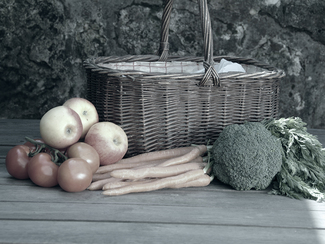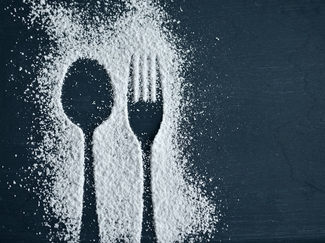-
Topics
subnavigation
Topics
Electromagnetic fields
- What are electromagnetic fields?
- Static and low-frequency fields
- Radiation protection relating to the expansion of the national grid
- High-frequency fields
- Radiation protection in mobile communication
Optical radiation
Ionising radiation
- What is ionising radiation?
- Radioactivity in the environment
- Applications in medicine
- Applications in daily life and in technology
- Effects
- What are the effects of radiation?
- Effects of selected radioactive materials
- Consequences of a radiation accident
- Cancer and leukaemia
- Genetic radiation effects
- Individual radiosensitivity
- Epidemiology of radiation-induced diseases
- Ionising radiation: positive effects?
- Risk estimation and assessment
- Radiation protection
- Nuclear accident management
- Service offers
-
The BfS
subnavigation
The BfS
- About us
- Science and research
- Laws and regulations
- BfS Topics in the Bundestag
- Links
Radioactivity in foods
Radionuclides have partly chemical features as nutrients. Therefore, together with the nutrients they need for growth, plants and animals also take take up radionuclides. The activity level in foods depend on
- the radioactivity content of the source media (soils, water),
- the availability of the nutrients and the other substances contained in the soil and water as well as on
- other conditions prevailing in the habitat of the animals and plants.
Foods can also be radioactively contaminated via the air. For example, the decay products of the gaseous radon-222 may deposit on the surface of foliage and be taken in by the leaves. In addition to the natural radioactivity, also radionuclides of artificial origin may get into the food chain, for example via the global fallout from atmospheric nuclear weapons tests or as a result of reactor accidents.
Within the framework of the Integrated Measuring and Information System for the Surveillance of Environmental Radioactivity (IMIS), agricultural products produced in Germany and drinking water are sampled on a regular basis.






